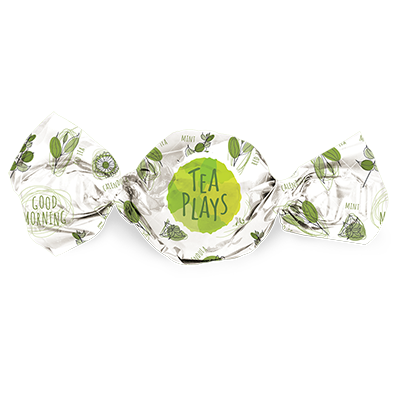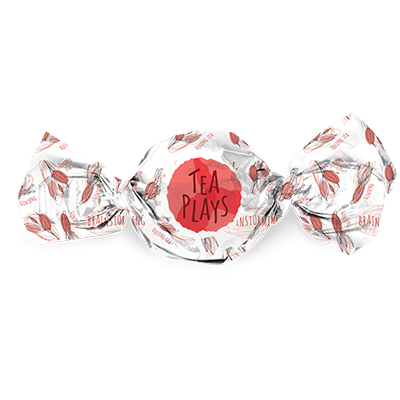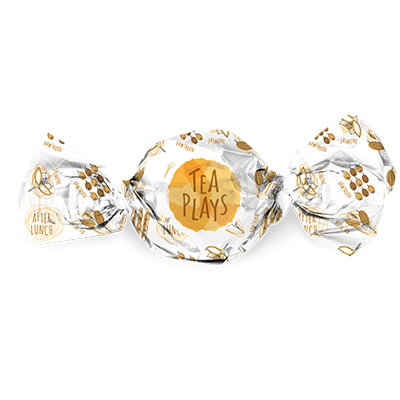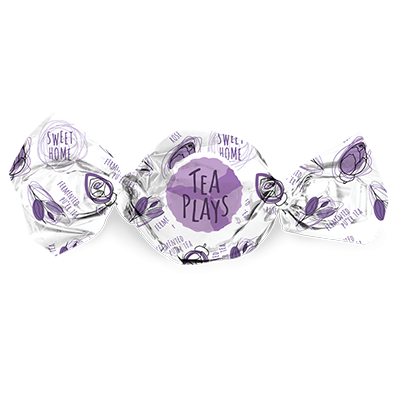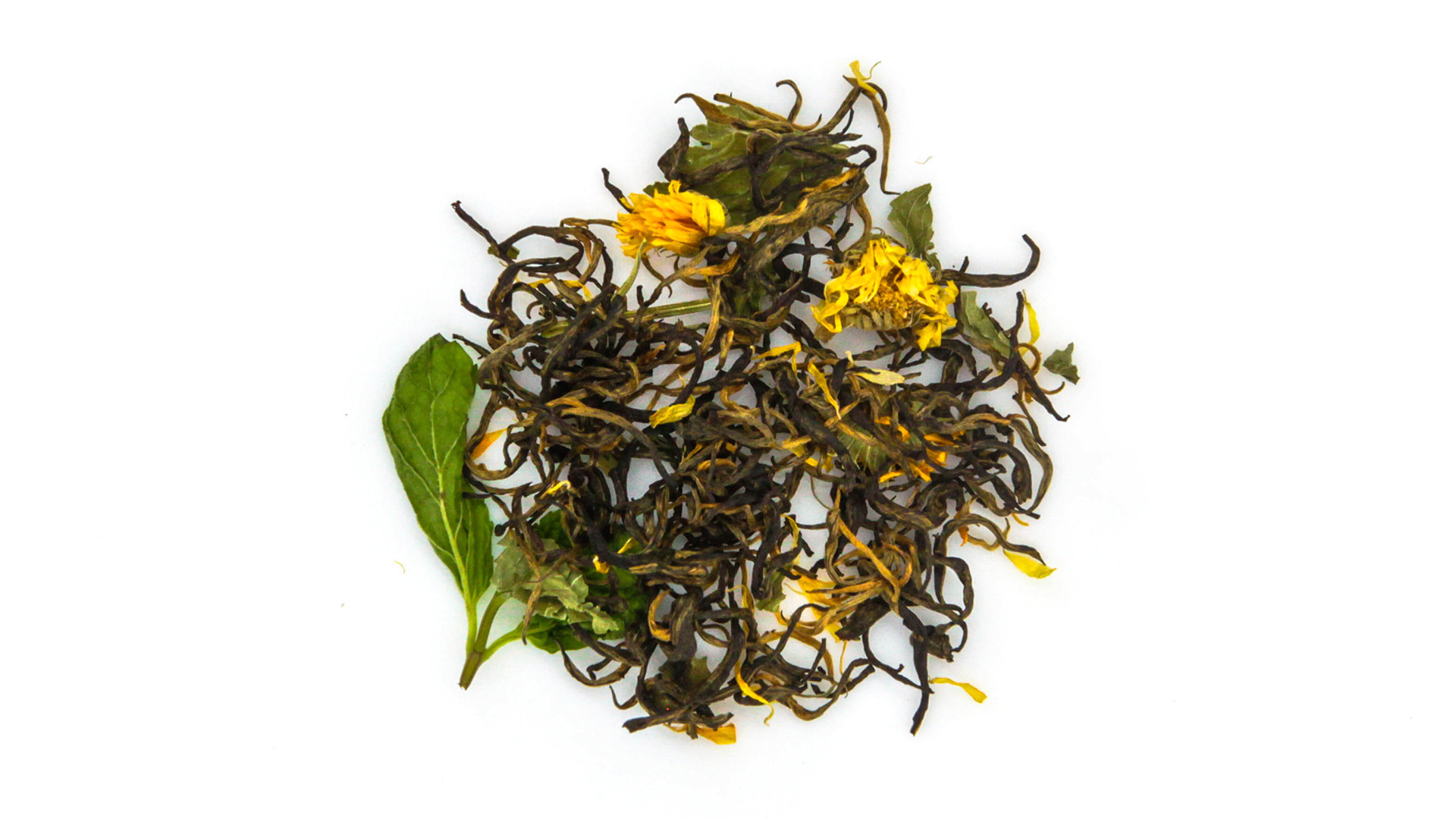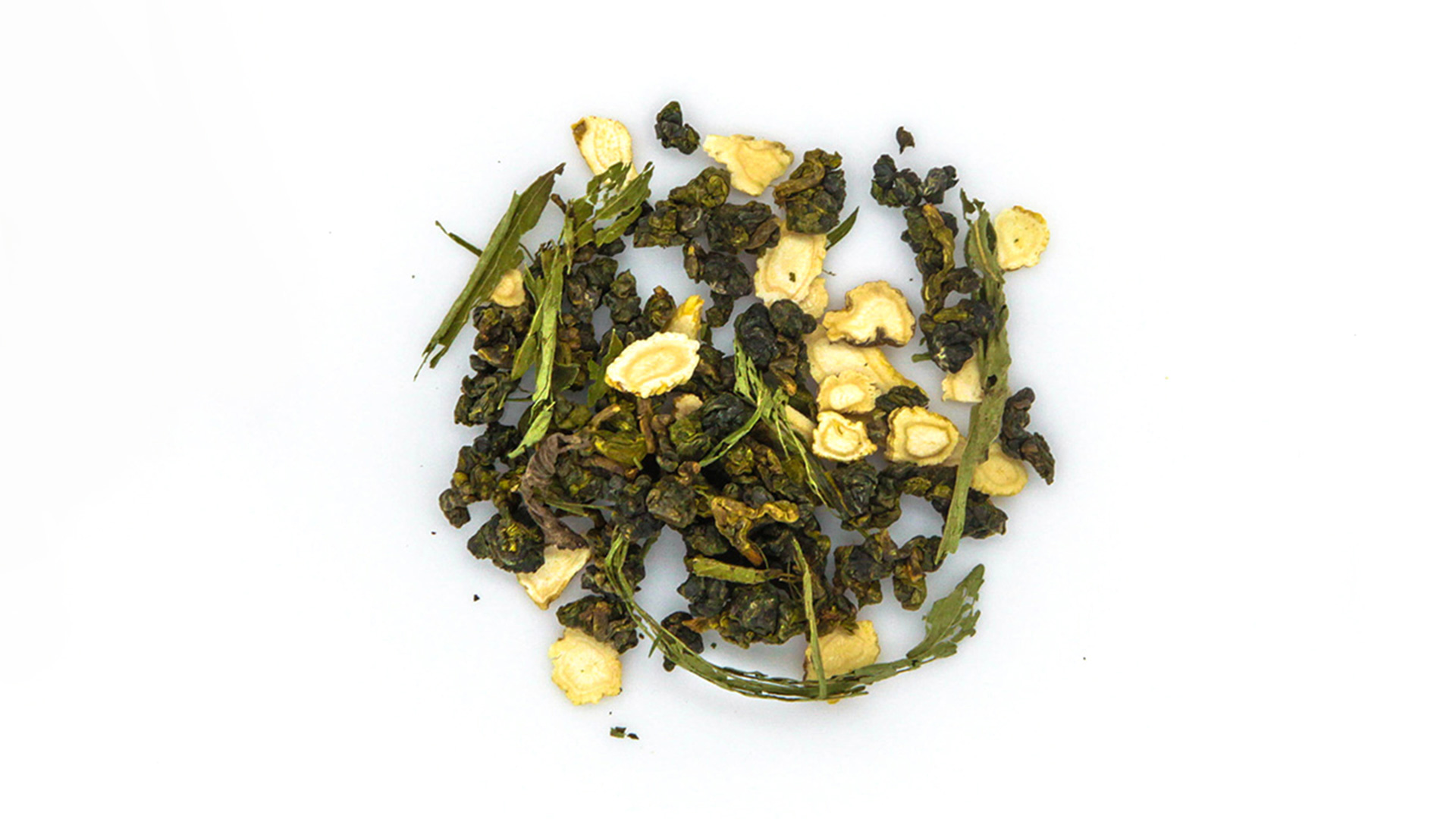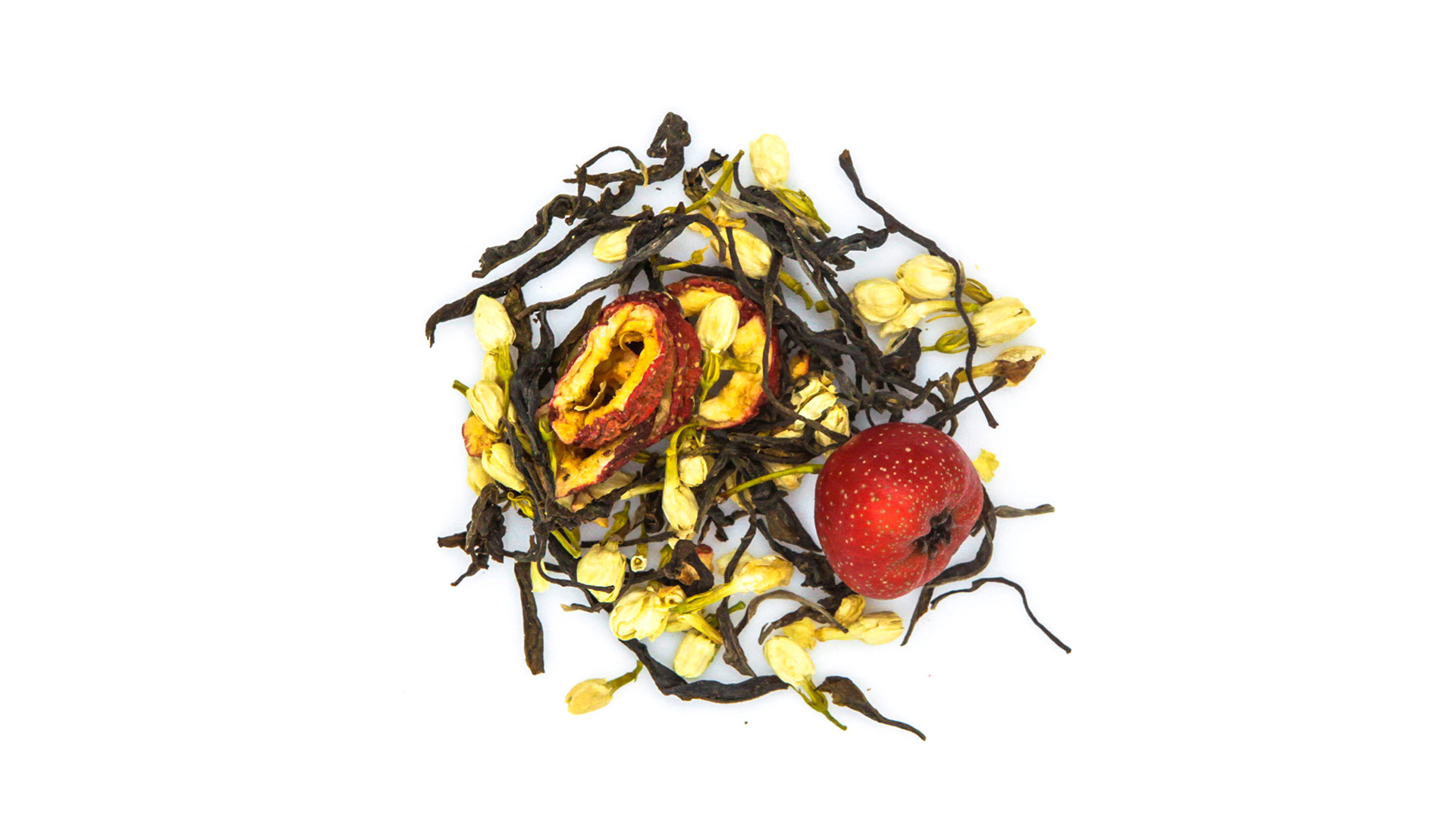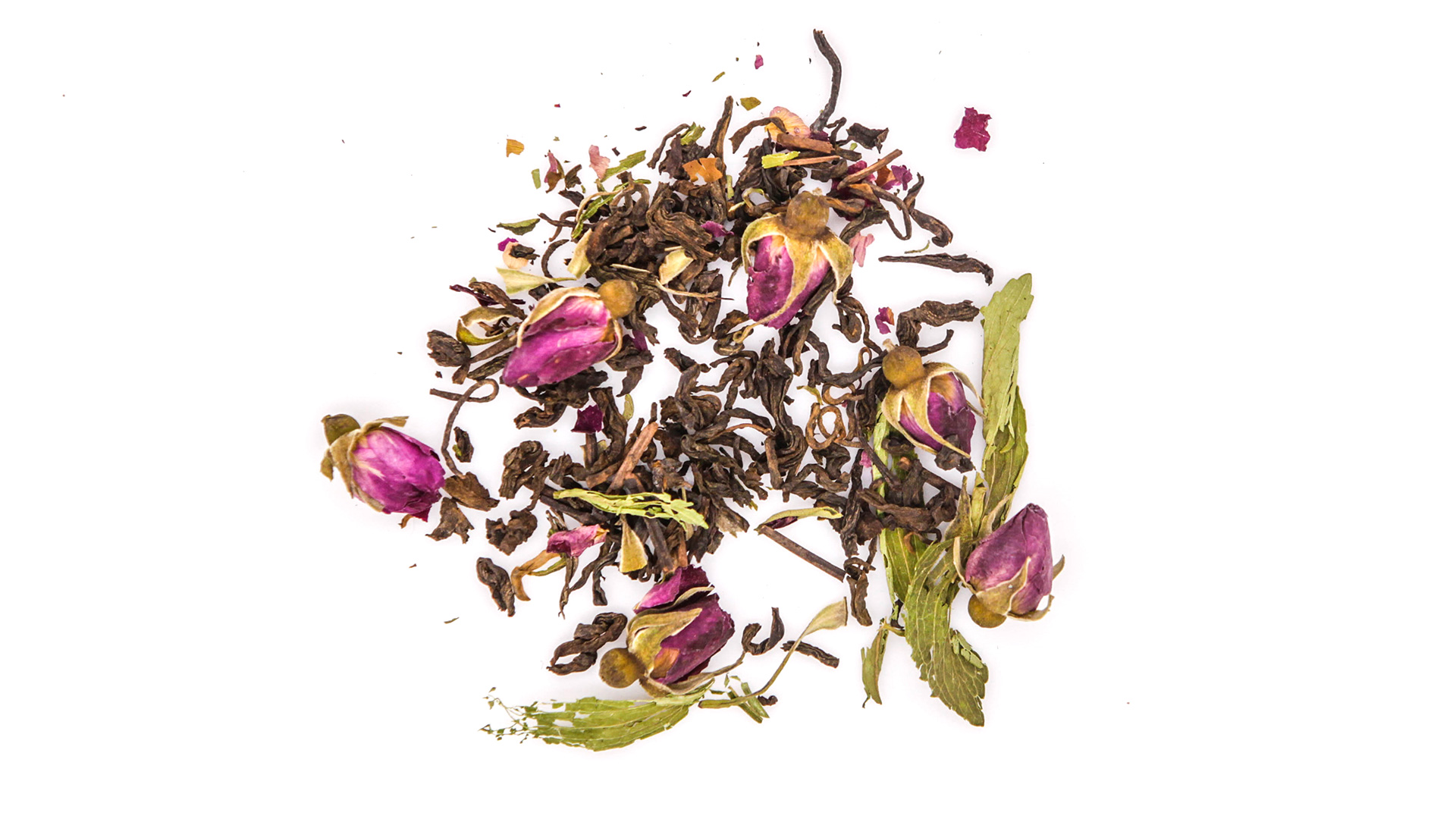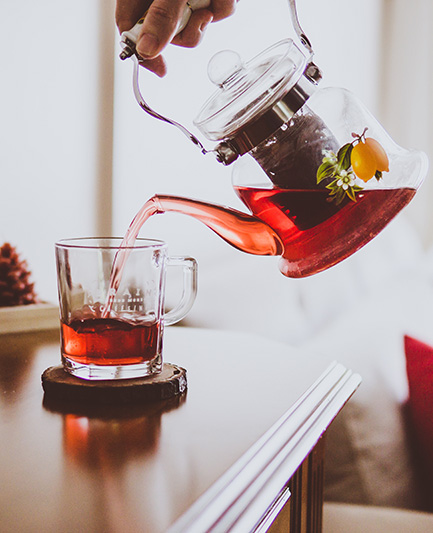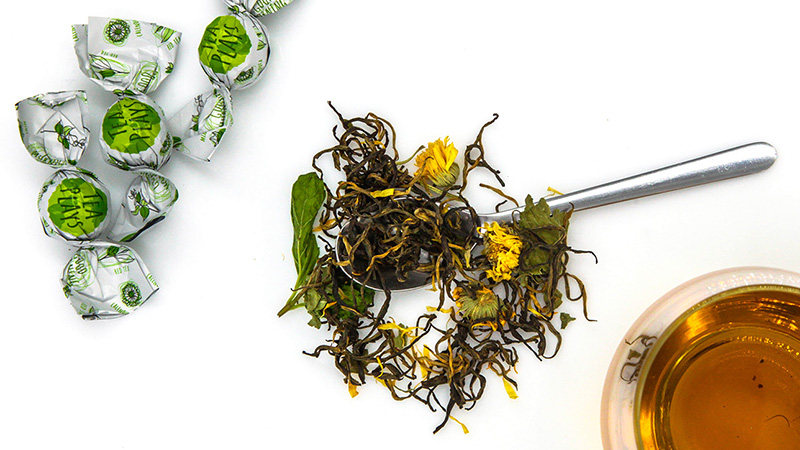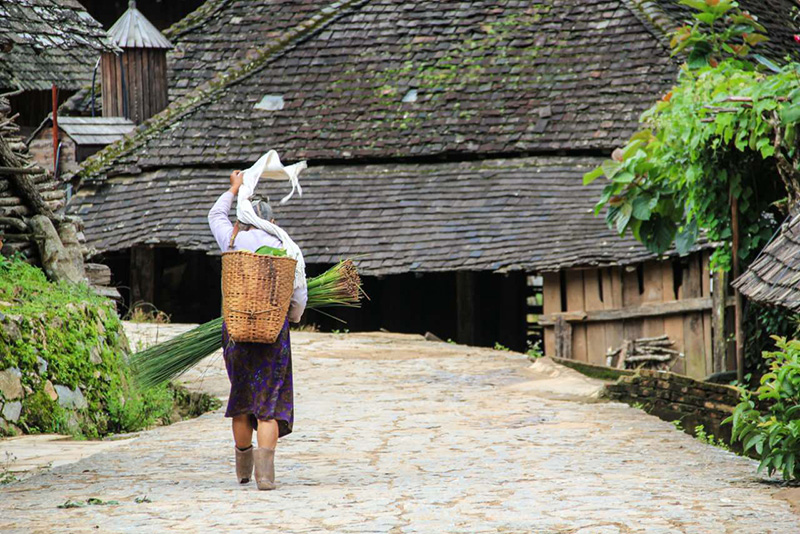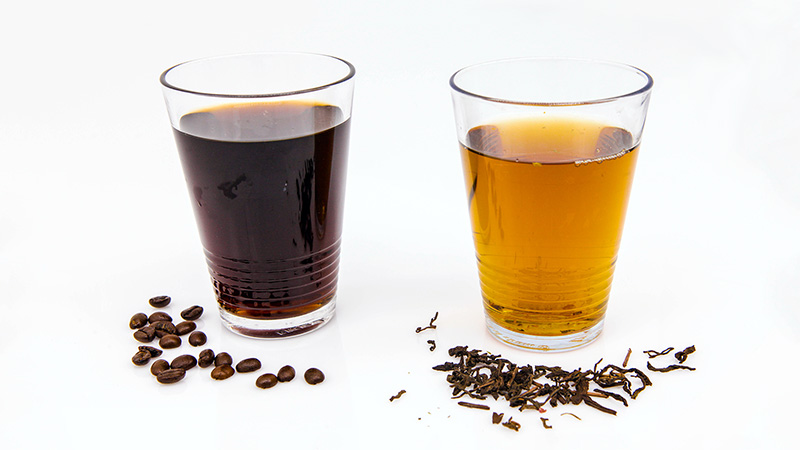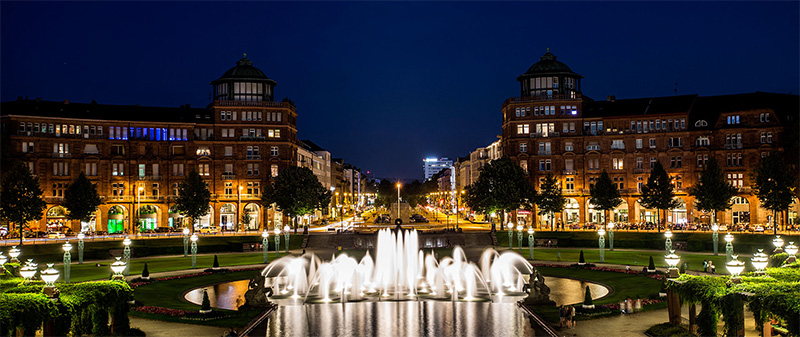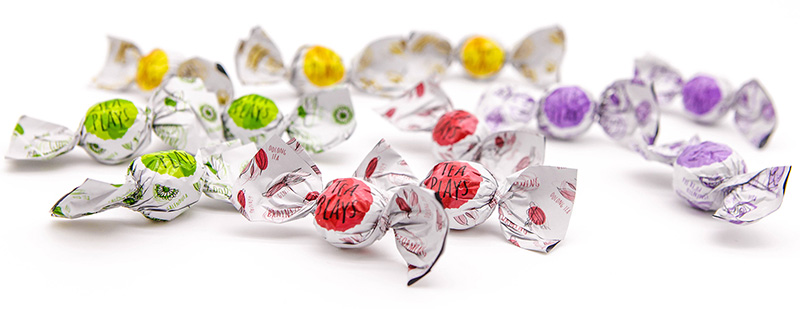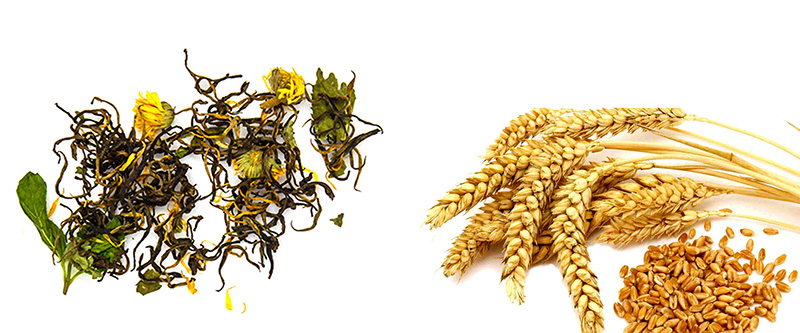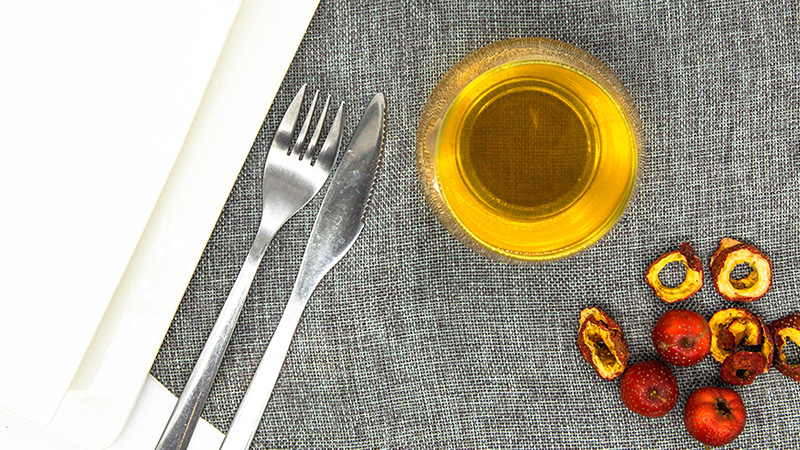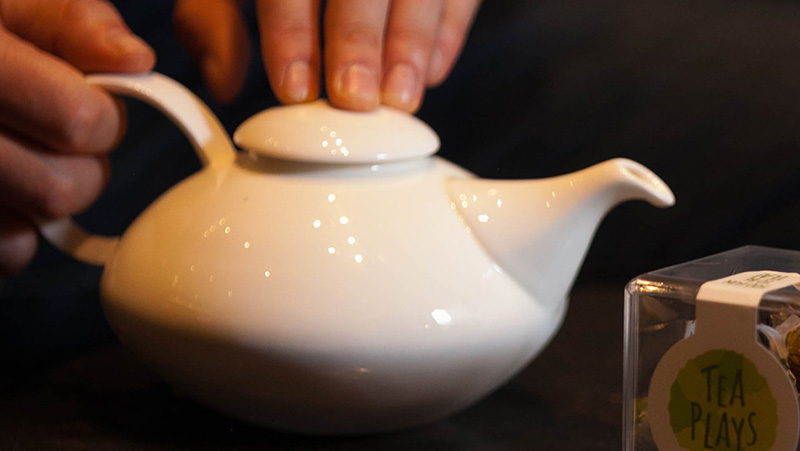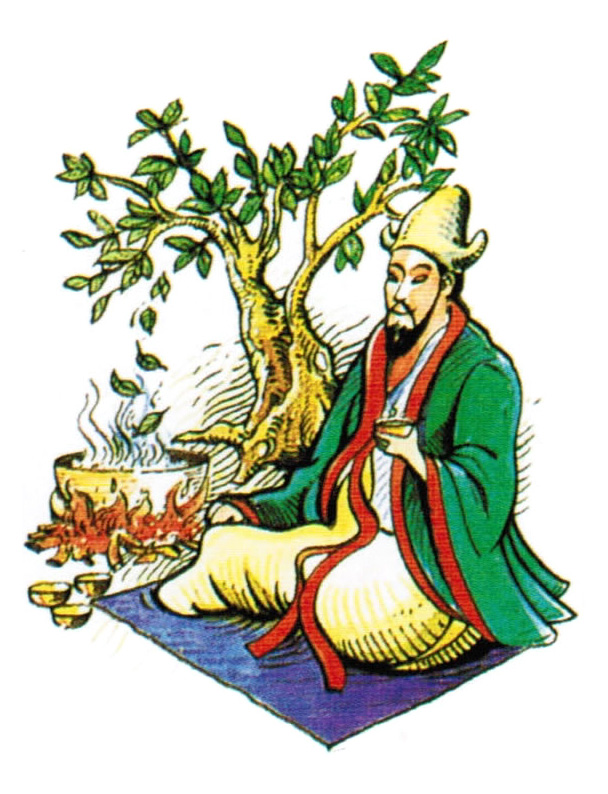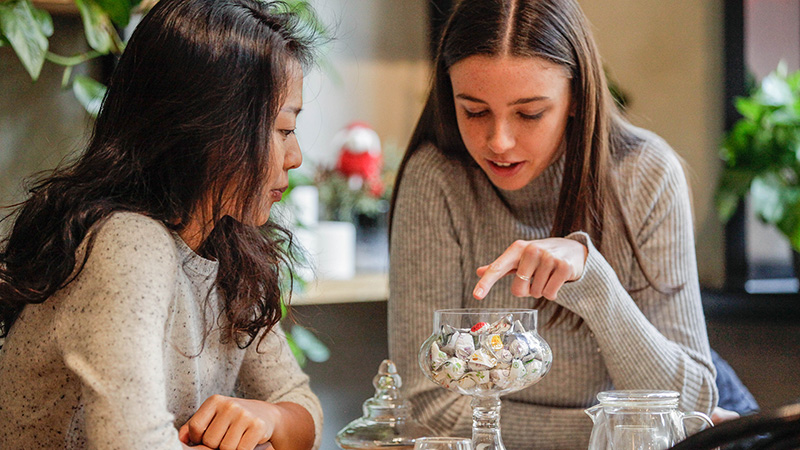Delving into Ancient China's Tea Ceremonies – and Yours!
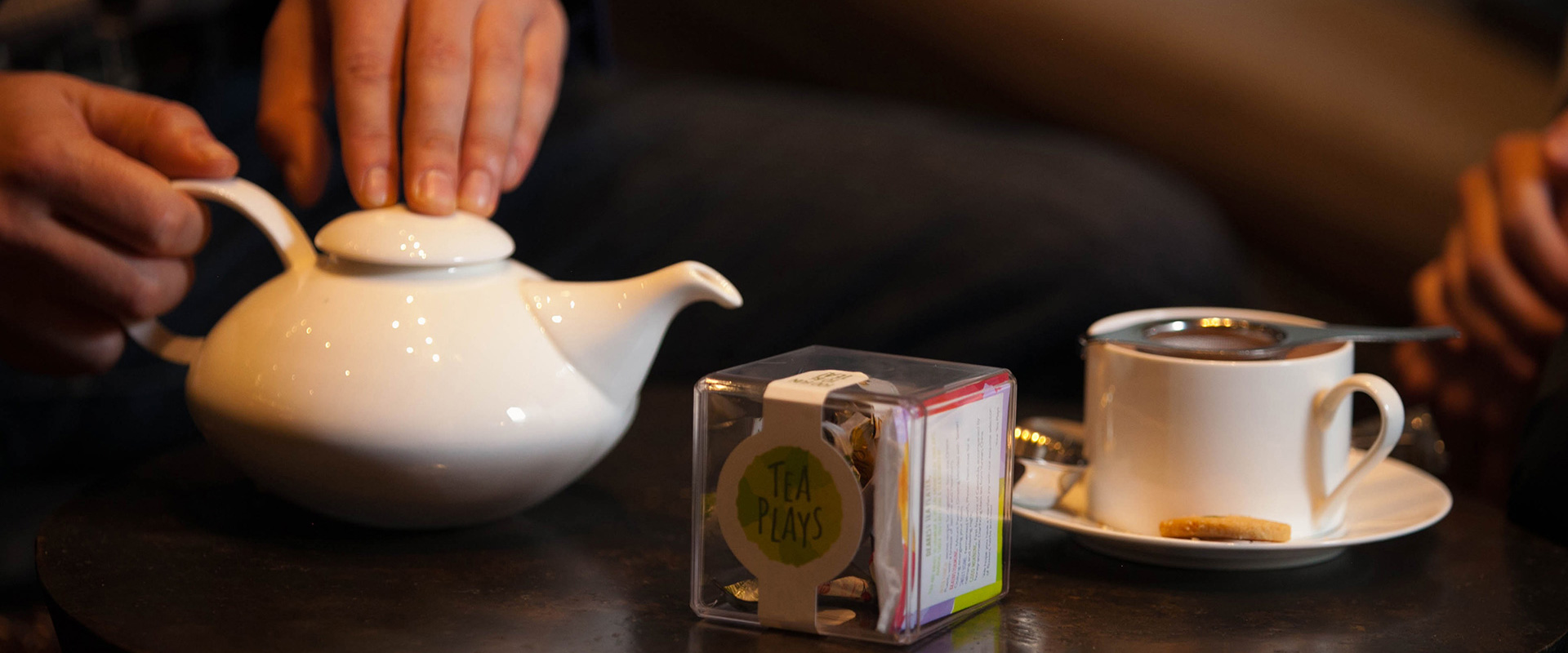
'Tea ceremony' is a familiar term around the world. Many know the concept has a pleasant and civilized history in Asia – but modern tea lovers should also feel free to make their own rituals around the illustrious drink!
It was in China's Ming (1368–1644) dynasty that the drinking of tea, especially dark oolong cha, took on a ceremonial form. The taking of Oolong in this way came to be called gongfu cha ('skilled' or 'artisinal' tea), is supposed to have begun in the city of Chaozhou in northern Guangdong province. The preparation of the tea was wrapped in details that emphasize the aesthetic possibilities of making a delicious and perfectly contained drink, with small amounts of different elements of excellent quality and even some references to classical Chinese history. Aesthetes of the time and from the subsequent Qing dynasty would list delightedly the necessary equipment; there was no central formal rulebook, the guiding principle was passion. According to Yuan Mei (lived Qing dyn. 袁枚 1716–1797):
"The cups are small as walnuts, the pot as small as a fragrant lemon. No more than one liang (ounce) is poured at a time. Holding the cup to the mouth, you must not swallow in haste, but first smell its fragrance, and then taste and contemplate it."
Further guidance concerned the type of fuel for the fire (the stones from olives were deemed ideal), the type of water (fresh water from a mountain stream) and the way to wash and heat up the pot and cups. How should I place the leaves into the pot? With smaller broken parts under larger leaves, to stop the spout getting blocked. How to pour in the boiled water? First, all over the leaves to wash them – then empty the first potful to be rid of impurities.
Many of these ancient methods are still used in China nowadays.
Some traditions with old roots have faded however. In the odlen days, once one was ready to pour into the small cups, one could fill them with an anti-clockwise movement, reciting "Gonnguan xun cheng" – this was a reference to a Han dynasty (206 BC–220 CE) General named Guan Di (關帝 ? – 220 CE) whose red face resembled the earthenware of a type of teapot, and who was known for walking around the walls of the city he was charged with keeping safe. Even these elaborate practices were later outdone by the spiritually charged Japanese tea ceremony, about which we may speak in a future post…
Even if you don't feel like stockpiling olive stones or searching water from a mountaintop, you can still enjoy tea in a ritual way. Tea is a drink that encourages this – just look at the way tea cultures around the globe have created their own special quirks. What are the little things that you like to do to enjoy your tea to perfection? We invite to share your own personal ceremonies with us – later we can share a whole collection of stories on How Tea Should Really Be Made (according to all of you)!
*Information on Qing gongfu cha from Mair, Victor H., and Hoh, Erling, 'The True History of Tea,' Thames and Hudson 2009.
Tags: All About Tea, Tea History

